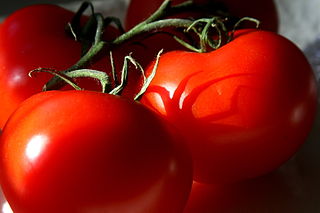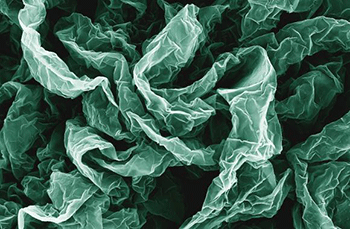Artificial limbs have experience tremendous evolution in their long history. Throughout history, we’ve gone from the peg leg of the Dark Ages to technologically advanced modern day prosthesis that mimic the function of a natural limb. However, most prosthesis still lack a sense of touch.
Zhenan Bao, past ECS member and chemical engineer at Stanford University, is at the forefront of the research looking to change that.
(MORE: Read Bao’s past meeting abstracts in the ECS Digital Library for free.)
Recently on NPR’s All Things Considered, Bao described her work in developing a plastic artificial skin that can essentially do all the things organic skin can do, including sensing and self-healing.
The self-healing plastic Bao uses mimics the electrical properties of silicon and contains a nano-scale pressure sensor. The sensor is then connected to electrical circuits that connect to the brain, transmitting the pressure to the brain to analyze as feeling.
Additionally, the skin is set to be powered by polymers that can turn light into electricity.
While there is still much work to be done, Bao and her colleagues believe that this product could help people who have lost their limbs regain their sense of touch.


 The
The  A new web-based game,
A new web-based game, 
